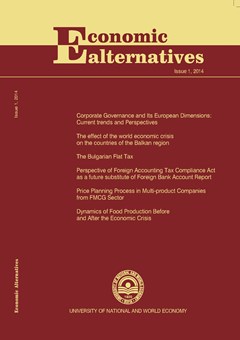Local and Global Measures for Success and Reconstructive Determination of the Optimal Number of Partners in European Educational Projects
Authors: Matilda Alexandrova, Daniela Staneva, George Petkov
Abstract
The present study is based on real data of 306 project proposals submitted for funding in 2013. The distribution of the project proposals by the countries of initiation and partnering countries is specifically considered in relation to the quality of the established consortia. A quality indicator is defined that determines whether a given project has the appropriate quality/characteristics to meet the predefined quality requirements/criteria. On the basis of this indicator local and global measures for quantification of the project’s success are introduced. The local and global measures for success along with the results obtained by "Quality of the consortium" evaluation criterion are used to calculate the statistical evaluation and the reconstruction of the optimal number of partners in a consortium, ensuring success of the project application. The presented data were analysed by methods of applied statistics and relevant findings were made about the discussed topic and guidelines for further research and development are given.

